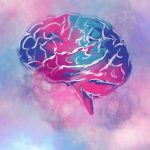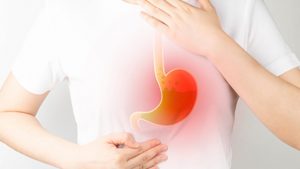
Nearly one in five counties across the United States lack psychiatrists or internet service, making it difficult for around 10.5 million Americans to find mental health care, a new study shows. The counties examined in the study were more likely to be in rural areas, have higher unemployment rates, and have populations that were more likely to be uninsured and lack a bachelor’s degree. What’s worse, individuals who fall into any one of these categories are also more likely to suffer from depression and anxiety. So, the need for mental health services is especially critical in areas with the greatest barriers to access, the researchers noted. And while the pandemic created a rapid demand for telehealth, the medium has yet to reach the areas that need it most. “Telehealth was originally developed to mitigate the adverse effects of physician shortage. But unfortunately for many people in shortage areas, they don’t have access to broadband coverage,” said study author Dr. Hao Yu, an associate professor of health care policy at Harvard Medical School, in Boston. “We found those counties have negative health effects, like higher overdose mortality, higher suicide mortality. That’s kind of staggering,” he added. In July, the Bipartisan Infrastructure Law was passed by federal legislators and included a $65 billion investment to expand affordable and reliable high-speed internet access across the United States. While… read on > read on >





































